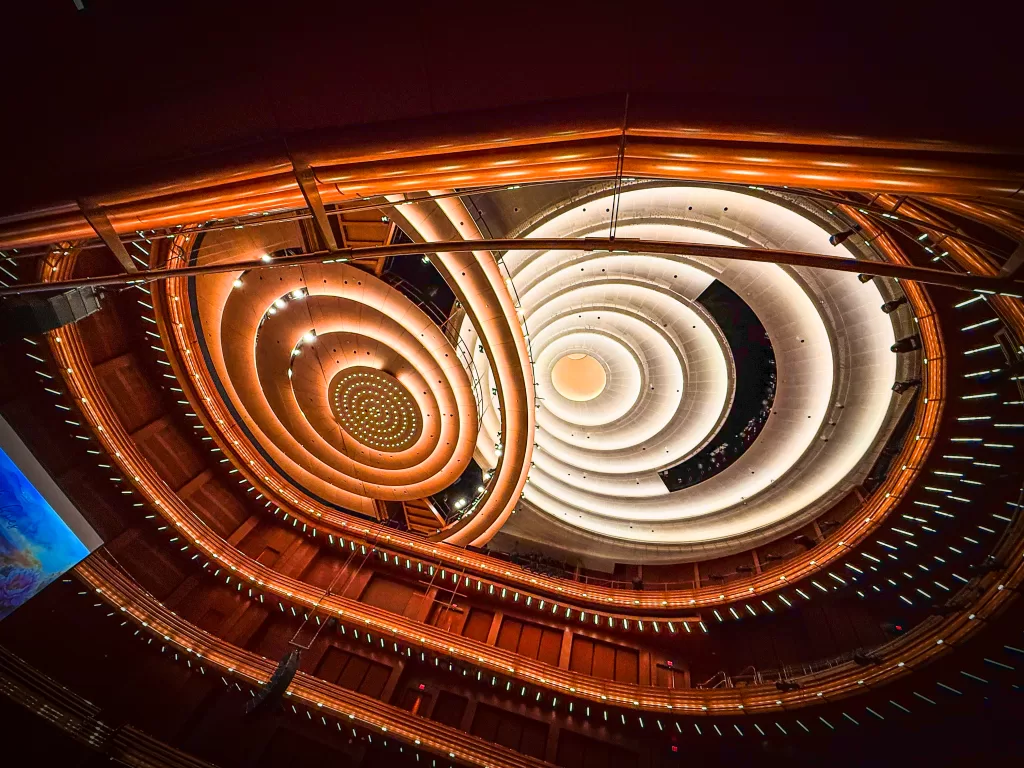Why We Love Beauty: The Secret Code Behind What Attracts Us
Have you ever wondered why some things just seem beautiful to you? Why certain faces, curves, colors, or even the way light falls across a landscape can stop you in your tracks? Why a big, beautiful smile or a perfectly framed shot can make your heart beat a little faster?
Let me tell you a secret — it’s not just about what’s in front of you. It’s about what’s inside you.
I’ve spent years as a photographer trying to capture beauty — from stunning Florida sunsets to the graceful swoop of a bird’s wings, even to the smile of someone who didn’t realize they were being photographed. But the more I shoot, the more I realize beauty is more than just what we see. It’s a language — a code written in light, shape, and symmetry — and our brains are hardwired to speak it.

The Ancient Code of Beauty: The Golden Ratio
This is a Peruvian Apple Cactus (Cereus repandus) flower — a rare bloom that opens only once a year, unfurling its creamy white petals under the cover of night. By dawn, it withers, its brief existence a testament to the transient nature of beauty. This nocturnal spectacle, pollinated by bats and moths, embodies the essence of the Golden Ratio — natural harmony and fleeting perfection.
Let’s start with some ancient knowledge. Back in the Renaissance, artists like Leonardo da Vinci discovered something they called the “Golden Ratio” (1.618) — a mathematical proportion found everywhere in nature. You see it in the spirals of seashells, the petals of a flower, even in the curves of a beautiful face. Our brains are naturally drawn to this ratio because it’s balanced, harmonious — in a word, perfect.
But this isn’t just a math trick. This ratio is the reason why certain faces — whether it’s a Hollywood star or someone you just passed on the street — catch your eye. Their features naturally fall into this golden balance of proportions. We’re wired to notice it, to be drawn to it, because in a very primal sense, it signals health and vitality.

The Power of Curves: Why We Love What’s Round
Curves are everywhere — in the soft bend of a flower’s petal, the rolling waves of the ocean, and even in the graceful spirals of human architecture. This is the ceiling of Steinmetz Hall at the Dr. Phillips Center for the Performing Arts in Orlando — a masterpiece of design that draws the eye with its perfect, sweeping curves. Curves aren’t just a shape — they’re a feeling, a sense of movement, an invitation for the eye to wander. And we are wired to love them.
Let’s talk curves for a second — because I’m not just talking about faces. If you’ve ever found yourself captivated by a beautiful, round curve — whether it’s the arc of a wave, the rolling hills of a landscape, or even (let’s be real) a perfectly shaped backside — you’re feeling the ancient call of design.
Curves signal life, vitality, and strength. A woman’s waist-to-hip ratio of around 0.7 is another one of these “ideal” proportions. Our brains have been wired for thousands of years to see that shape as a sign of health, fertility, and strength. And it’s not just humans — look at the way rivers curve, the way mountains rise, the way the wind carves smooth shapes out of sand. Nature loves curves — and so do we.

Movement and Energy: The Dance of Beauty
Movement is life. It’s the rush of a bird’s wings catching the wind, the sway of tall grass in a breeze, or the delicate dance of leaves in a storm. Capturing movement is capturing a moment of energy — a story unfolding. In this shot, a red-shouldered hawk bursts into flight, its powerful wings slicing through the air. Movement isn’t just a blur — it’s a feeling, a sense of purpose, and the magic of life in motion.
But beauty isn’t just about still images or perfect shapes — it’s also about movement. That’s something I’ve come to love in my photography. There’s a certain magic in a bird’s wings catching the wind, or the slow, graceful sway of tall grass in a breeze. Our brains are wired to be fascinated by smooth, rhythmic motion because it signals life and vitality.
Even when I’m shooting something perfectly still — like a sunset over the Florida wetlands — I’m trying to capture the sense of movement, the feeling that life is always in motion.

Gratitude Through the Lens
Gratitude is about noticing the light, even when the day fades. It’s about seeing the magic in a quiet moment, like a brilliant sunset painting the sky while Venus appears, a distant reminder of how vast and beautiful the universe is.
I’ve learned that the best shots don’t come when I’m trying too hard — they come when I’m thankful for what’s in front of me. When I’m standing there, camera in hand (or even just my iPhone like on this one), and I just… stop for a second to really see. That’s where the magic is.
But maybe the most powerful secret of beauty is that it’s not just something you see — it’s something you feel. You can train your eyes to see beauty anywhere, but if you don’t open your heart to it, you’ll miss it every time.

Final Reflection
Beauty is everywhere, but it’s not just about what you see — it’s about what you feel. It’s in the fleeting bloom of a cactus flower beneath the stars, the graceful curve of an architect’s masterpiece, the rush of a hawk’s wings slicing the air, and the quiet glow of Venus against a fading sky. Beauty is the light we notice when we choose to look, the rhythm we feel when we pause to breathe.
So next time you pick up your camera — or even just pause to look around — ask yourself: What beauty do you see? What do you feel? Because in those moments, you’re not just capturing a scene — you’re capturing life.
 Want to see the beauty I’ve been capturing lately?
Want to see the beauty I’ve been capturing lately?
Explore my latest shots and stories on CesarAtmosPhoto.com.
And if you love these thoughts, subscribe to my blog for fresh perspectives on photography, beauty, and life.
 Keep your eyes open, your heart grateful, and your camera ready.
Keep your eyes open, your heart grateful, and your camera ready.
